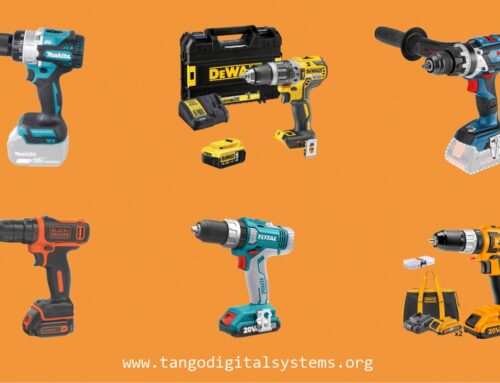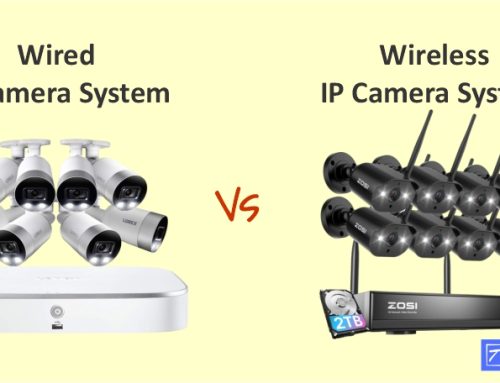CCTV installers encounter a variety of problems in the field, including technical, logistical, and environmental issues. Here are some frequent issues that CCTV installers may face:
- Technical Challenges:
- System Integration: Integrating CCTV systems with other security and information technology systems can be difficult since they must be compatible with current infrastructure.
- Camera Placement: Choosing the best locations for cameras to provide optimal coverage while minimizing blind spots and avoiding obstacles
- Networking Issues: Setting up and configuring networks for video transmission and remote monitoring, especially in large installations
- Power Supply: Ensuring a stable power supply for cameras, including solutions for remote or outdoor locations
- Regulatory Compliance:
- Legal Requirements: Adherence to local and national surveillance and data privacy requirements, including obtaining relevant permits and maintaining compliance with privacy laws
- Data Storage: Complying with data retention laws and processing enormous amounts of video data over long periods of time
- Environmental Factors:
- Weather Conditions: Keeping cameras safe from extreme weather conditions, including rain, snow, and extreme temperatures, particularly in outdoor installations
- Vandalism and Theft: Preventing vandalism, tampering, and theft of cameras and equipment
- Low-Light Conditions: Dealing with low-light or nighttime surveillance and selecting appropriate cameras for such conditions
- Maintenance and upkeep:
- Regular Maintenance: Ensuring that cameras and equipment are cleaned, inspected, and maintained on a regular basis to avoid malfunctions
- Software updates: Keeping software and firmware up to date in order to resolve security flaws and improve functionality
- Access Control and Cybersecurity:
- Unauthorized Access: Protecting the CCTV system from unauthorized access and cyber threats
- Network Security: Safeguarding of network infrastructure utilized for video transmission and monitoring
- Scaling and Expansion:
- Scaling Systems: Managing the expansion of CCTV systems as businesses or properties grow, which may necessitate the addition of additional cameras and equipment
- Compatibility: Ensuring that new equipment is compatible with current infrastructure
- Budgetary Constraints:
- Cost Considerations: Meeting clients’ budget limits while providing an effective and dependable CCTV system
- Quality Balancing: Achieving a harmonious equilibrium between cost-effectiveness and the utilization of top-notch components and services
- Training and Certification:
- Skills and Knowledge: It is imperative to ensure that installers possess the requisite training and certification to handle the latest CCTV systems in a professional manner
- Customer Expectations:
- Meeting Expectations: Understanding and fulfilling customer expectations regarding system performance, including resolution, coverage, and remote accessibility, is paramount to maintaining a professional standard
- Operational Challenges:
- Data Management: Managing large amounts of video data and implementing efficient storage and retrieval processes is crucial in a professional setting
- Remote Monitoring: Setting up and configuring remote monitoring and alerts for clients
Successful CCTV installers are well-prepared to meet these challenges by remaining current on the newest technologies and laws, possessing the appropriate technical competence, and adjusting to the unique requirements of each project. Planning and attention to detail are essential for producing dependable and successful CCTV systems.







Leave A Comment